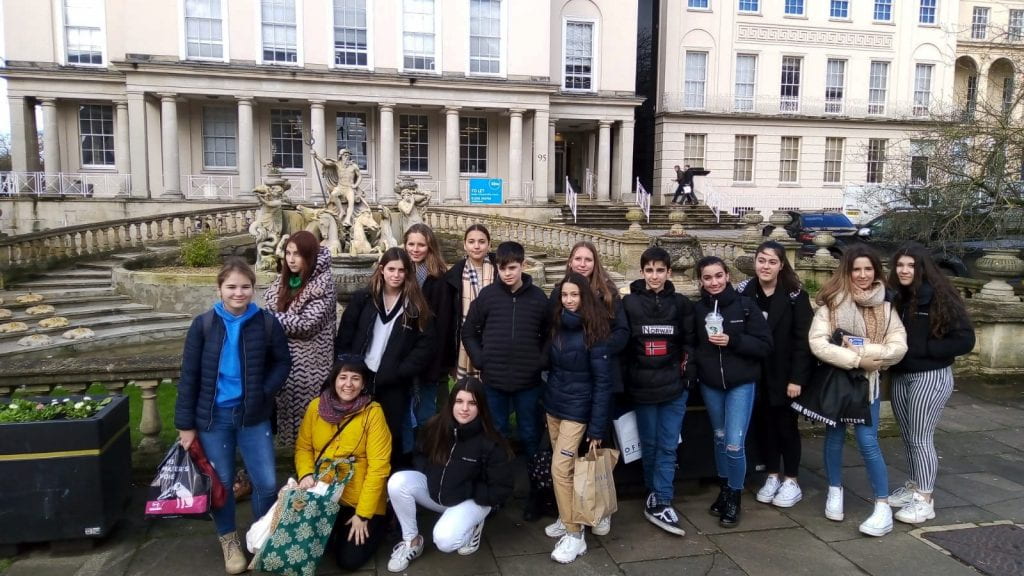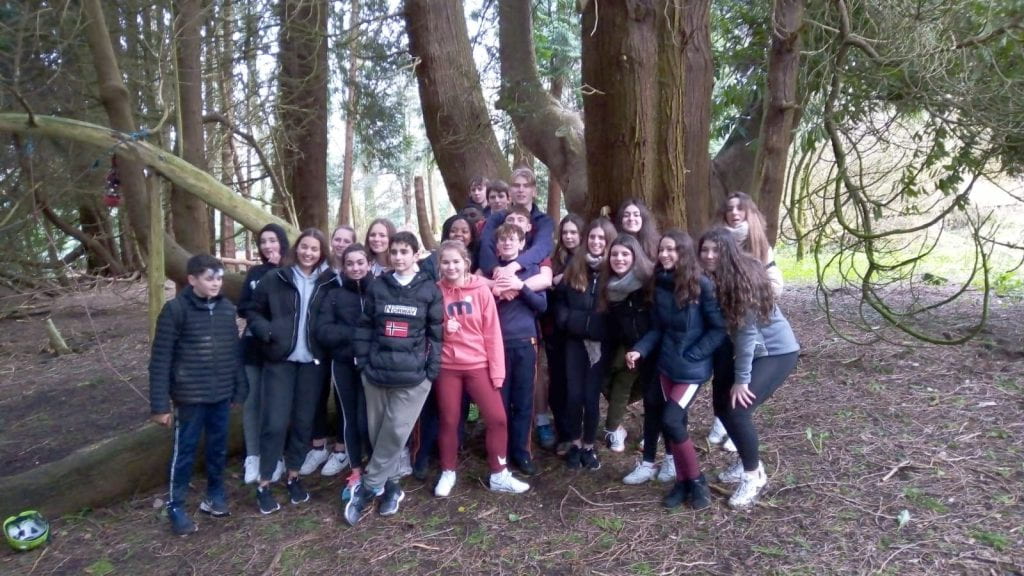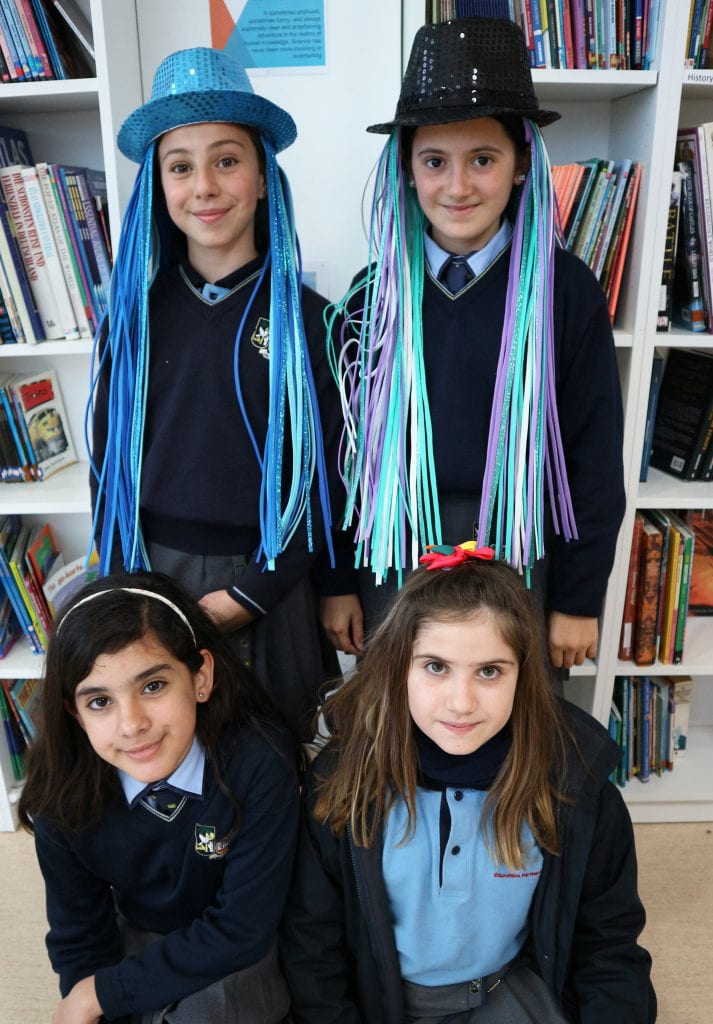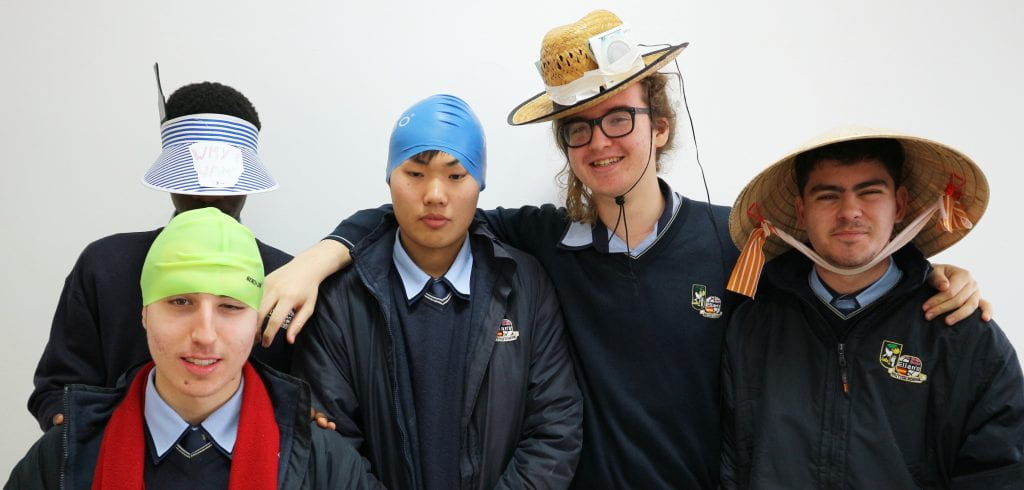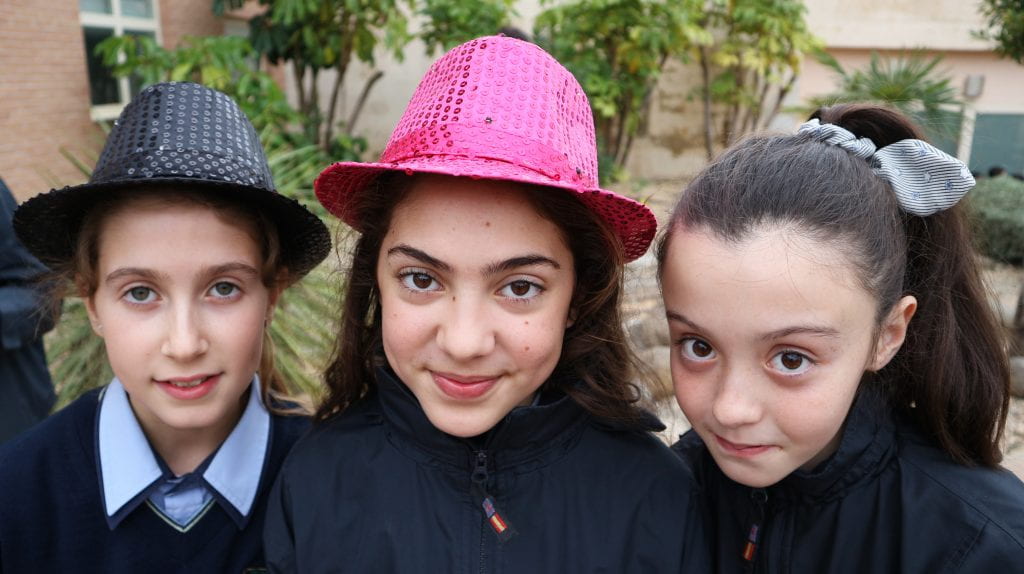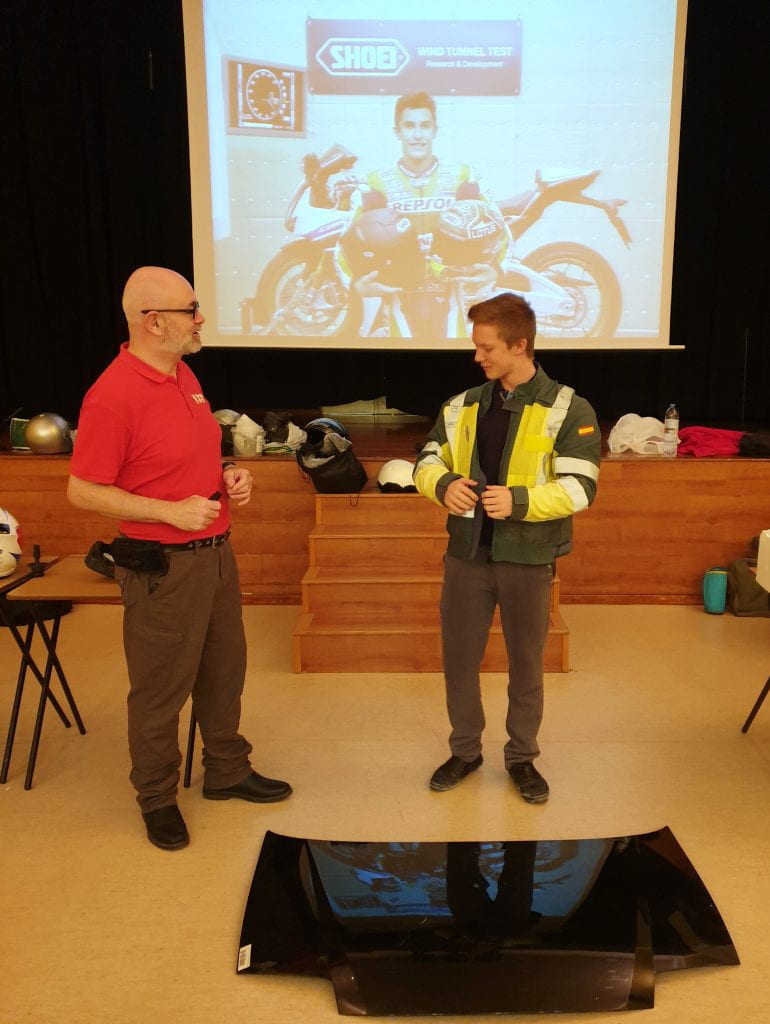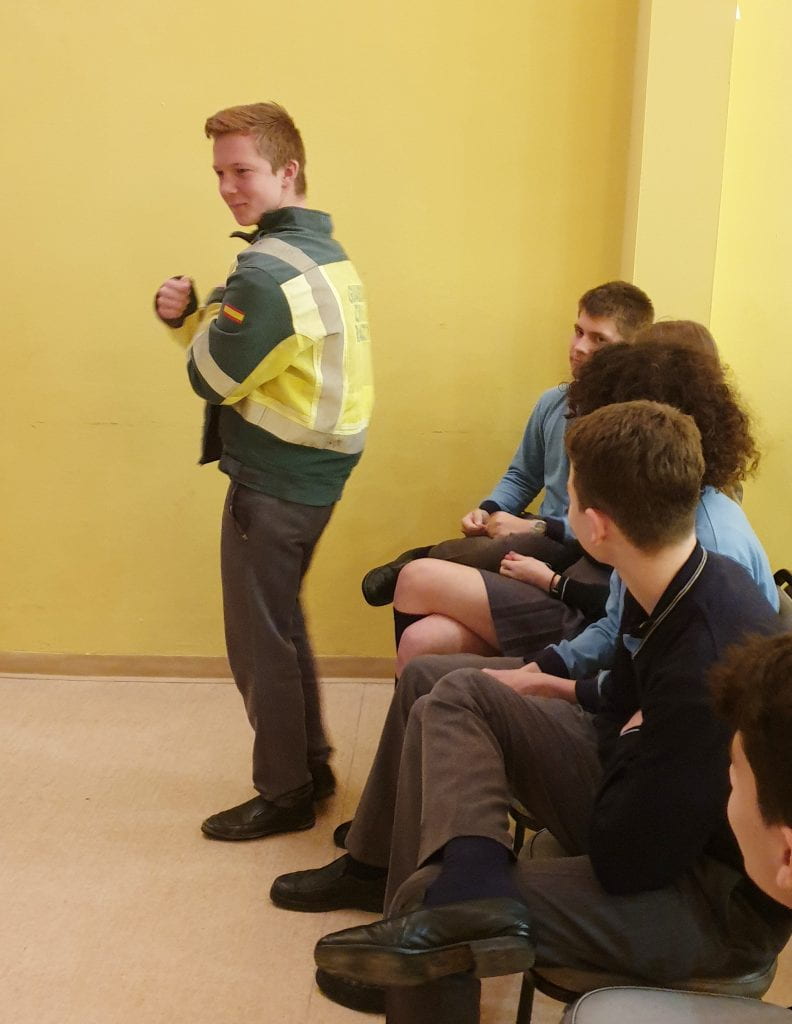“It’ll only be for two weeks,” I confidently told the Year 11s on Friday 13th of March, “so make sure you take your books home, as there won’t be much time before the exams once we get back.”
“Don’t worry: we’ll rehearse online and we’ll still be able to perform The Tempest once we get back,” I reassured my Year 8s.
“Have you got all your books?” I asked my Year 12s, “because we need to start exam revision.”
“See you soon!” I cheerily waved to my Year 10 and 13 classes.
So much for that…
Almost three months later, our world of teaching and learning is a bit like a half-completed jigsaw puzzle: some pieces look familiar, others just don’t fit, and some seem to have gone missing entirely.
Like school uniform, for example!

Trying to keep students motivated — especially once it became clear GCSEs and A levels would be cancelled — has been a bit of a challenge, but introducing a bit of silliness (like fancy dress) has helped.
Our stage play had to become a radio play. I don’t know whether the students who were due to share a stage kiss were relieved or disapppointed! Either way, we were delighted by how it turned out:
The Tempest by Year 8 (radio play)
🎭Year 8 were rehearsing a stage production of Shakespeare's The Tempest before the quarantine began. We didn't want to waste all their hard work, so we made it into a radio play! Here it is… (sound up to listen)🎭🎭Year 8 estaba ensayando una producción escénica de “La Tempestad” de Shakespeare antes de que empezara la cuarentena. Queríamos aprovechar su gran trabajo, así que lo hemos convertido en una obra de radio. Aquí está… (sonido para escuchar)🎭#iepelianslanucia, #iepschools, #CostaBlanca, #colegiointernacional, #internationalschool
Posted by Elian's British School of La Nucía on Tuesday, April 7, 2020
However, many other things stayed the same. I did early experiments with pre-recording audio or video guides, and creating self-correcting online exercises. But, it soon became clear that if I wanted students to ‘attend’ online lessons, the best format (for my subject at least) was to keep teaching the way the students were used to.
This meant starting and finishing Google Meets at the same time as normal classes, showing students a power point presentation, asking them questions, getting them to collaborate to interpret texts, prompting them, supporting them and marking their work. It was surprisingly similar: if you wanted quick answers, students wrote in the chat function; for longer explanations, they would turn on their microphone and speak to the class. Ok, so occassionally they forgot to turn their microphone on or it suddenly ‘wasn’t working’, but mostly it was pretty similar to the classroom experience.

Once they started writing, I could flick between Google Documents to see their work, adding comments to correct misunderstandings or prompt them to extend answers. Much like how I walk around my classroom, occasionally writing comments in students’ books: except this time students didn’t need to struggle to decipher my hand-writing!
Other aspects of teaching online were actually better than in a physical classroom:
Firstly, behaviour. If student X was swinging on his chair, well, I wasn’t to know and it wasn’t distracting anyone. Plus, with muted microphones there were far fewer interruptions.
Secondly, group work. Once students knew their group discussions were being recorded, they stuck to their target language, English, like glue. Moreover, with only two or three in each group, they couldn’t lean over and distract another group, as some of them might in a physical classroom.
Finally, flexibility. While in a physical classroom, if I needed students to give presentations or performances, they would have to wait their turn. Now, in the online environment, everyone could record and submit theirs simultaneously. Suddenly, instead of needing three lessons for everyone to present their work, it could be done in one session. Plus, when it came to drama, with no audience to distract them, students were far better at staying in character.
Y8 Puppets
⚓️Our Year 8 students have been creating online puppet shows together. They're using them to recreate dialogue from "The Old Man And The Sea", a novel by Ernest Hemingway which they are studying. Ingenious!⚓️⚓️Nuestros alumnos de Year 8 han creado juntos un espectáculo de marionetas online. Los están usando para recrear el diálogo de "El viejo y el mar", una novela de Ernest Hemingway que están estudiando. ¡Ingenioso!⚓️
Posted by Elian's British School of La Nucía on Thursday, May 14, 2020
Similarly, the online approach was incredibly useful if I needed to talk one-to-one with a student. I set the others their work, then could have a private meeting with one individual. This would have a massive impact on their learning, because we could really drill down into their work without distractions caused by the behaviour of the other fourteen or so students in the class,.
Naturally, there were negatives. Some students didn’t have regular access to computers, or couldn’t find a quiet space to work at home. Some had other responsibilities that pulled them away from their online classes: one student was ‘in’ a Google meeting, but not responding to questions nor writing anything. It turned out they’d had to cook lunch for their younger brother because both parents were at work. Well, that’s a life lesson right there I suppose!
But…
I miss my students. I miss my colleagues. I miss being more mobile (my waistline is suffering after three months of sitting down, rather than striding about the school). So, while I’ve enjoyed the challenge and novelty of online teaching, I can’t wait to see students in front of me in September.
Roll on the new normal!


 Our annual Science Fair took place outside and everyone agreed it was a huge success. Students from Year 1 to Year 10 explained and conducted experiments, while we watched and listened in fascination.
Our annual Science Fair took place outside and everyone agreed it was a huge success. Students from Year 1 to Year 10 explained and conducted experiments, while we watched and listened in fascination.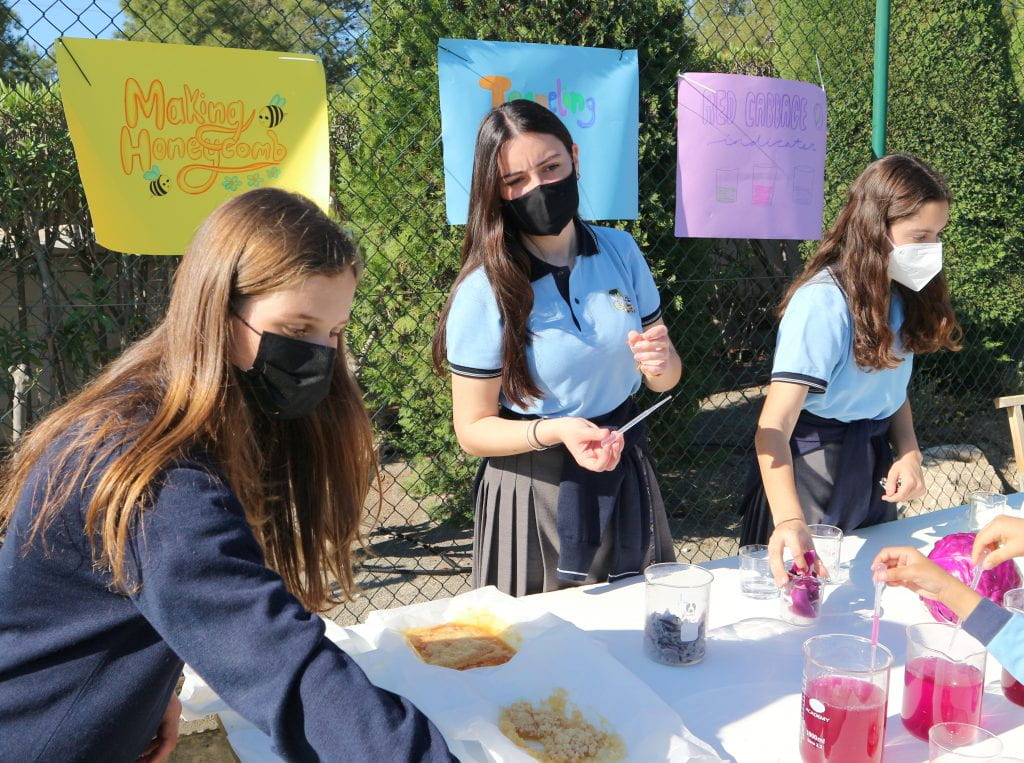 Día del Libro and World Book Day were both celebrated with a host of activities to elevate the written word. After an absence of a year, the wonderful English Libros Book Fair was back, and the bookworms among us adored the opportunity to browse through the titles.
Día del Libro and World Book Day were both celebrated with a host of activities to elevate the written word. After an absence of a year, the wonderful English Libros Book Fair was back, and the bookworms among us adored the opportunity to browse through the titles. The final weeks of the summer term were filled with socially-distanced graduations (including ceremonies for those who missed out last year during the COVID confinement), excursions (under COVID safety rules) and the end-of-term prize-giving assemblies.
The final weeks of the summer term were filled with socially-distanced graduations (including ceremonies for those who missed out last year during the COVID confinement), excursions (under COVID safety rules) and the end-of-term prize-giving assemblies. All these special activities helped keep the students engaged with their education and the school community — but the nuts and bolts of learning continued throughout. From the youngest to the oldest, we shared our students’ progress with pride. And truly, after an extraordinary year, it’s something we can all be proud of.
All these special activities helped keep the students engaged with their education and the school community — but the nuts and bolts of learning continued throughout. From the youngest to the oldest, we shared our students’ progress with pride. And truly, after an extraordinary year, it’s something we can all be proud of.

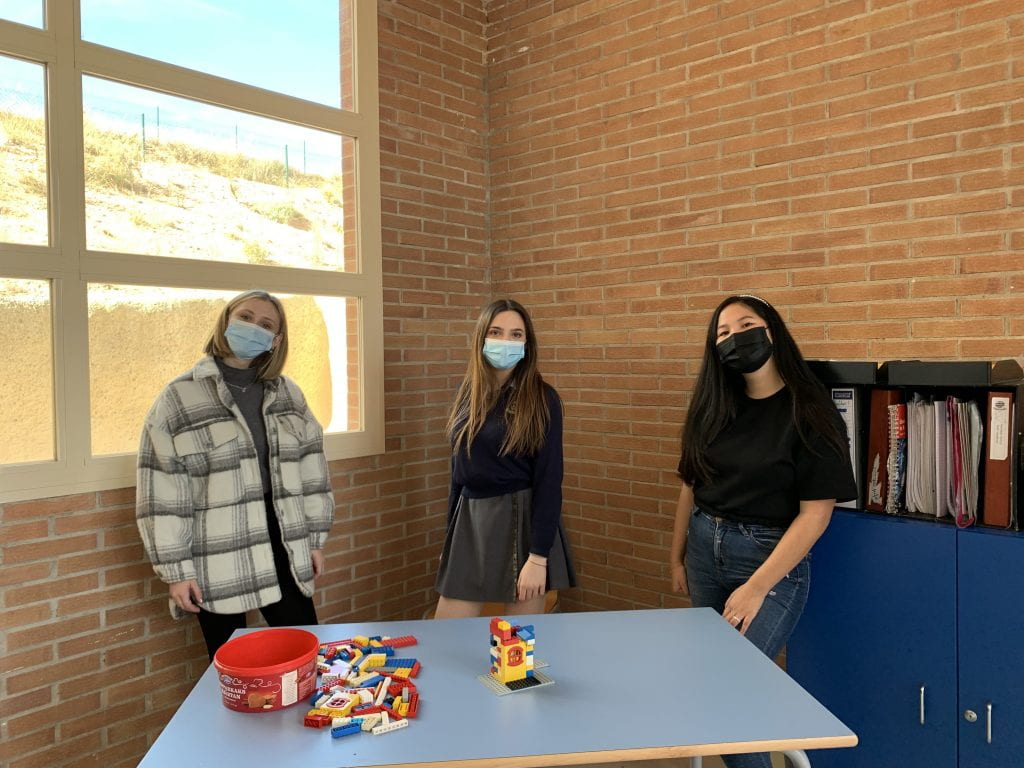



 On Thursday, we went monochrome and dressed all in one colour.
On Thursday, we went monochrome and dressed all in one colour.



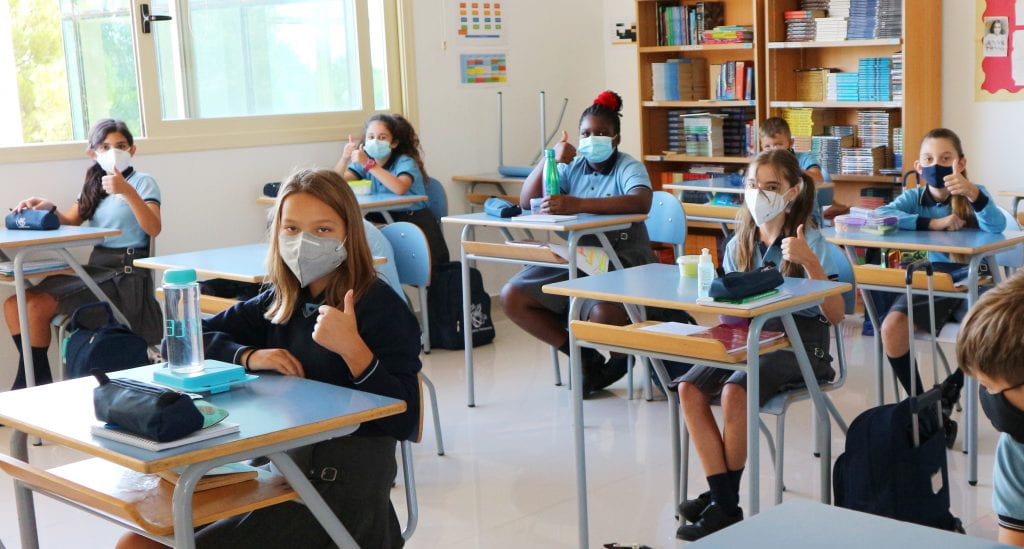



 Yes, there are challenges to overcome as we all come to terms with the new school rules and the effects of the switch from lockdown to in-person learning. But, as my Year 9 class made clear: we’re happier when we’re together.
Yes, there are challenges to overcome as we all come to terms with the new school rules and the effects of the switch from lockdown to in-person learning. But, as my Year 9 class made clear: we’re happier when we’re together.




